Cooking with Beneficial Essential Oils
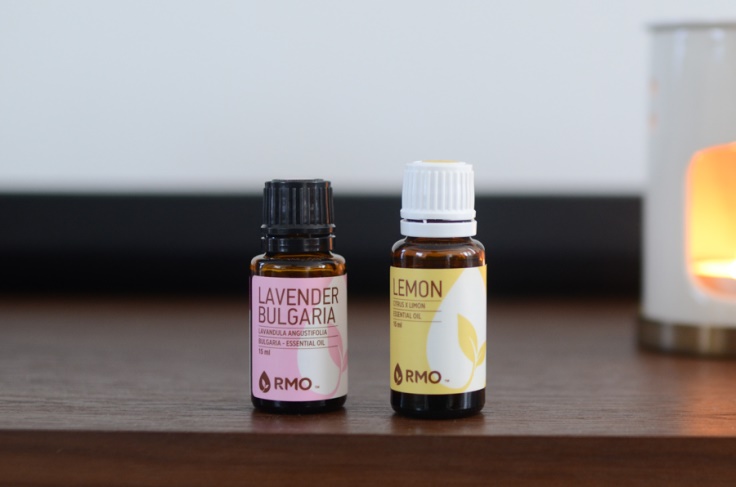
Essential oils—they’ve been around for thousands of years and they’re becoming more and more common as a Go-To for lots and lots of purposes. People commonly use them in cleaning, but more and more folks are cooking and baking with them.
Admittedly, the ingestion of essential oils is a hot topic with much controversy. Both real and synthetic essential oils have been used as flavoring agents for years. And they’re being regularly tested for their potential to improve food safety (i.e. antimicrobial oils may be able to minimize food borne illness if manufacturers added to packaging, for example).
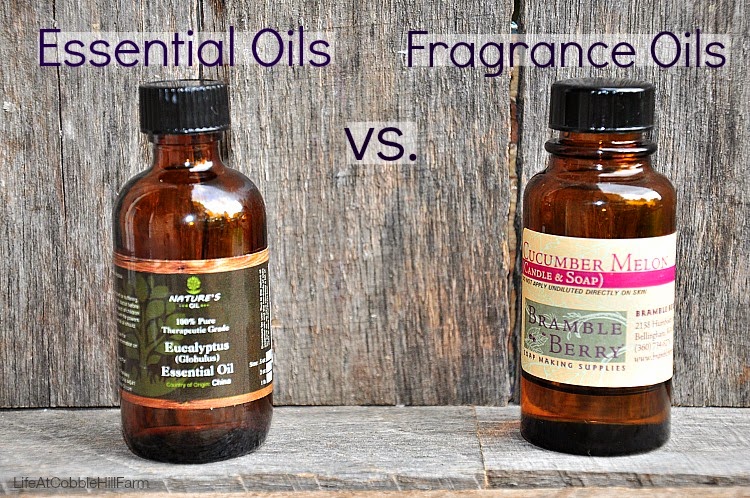
So the idea of cooking with essential oils is nothing new. However, the important thing is to do so safely, understanding the differences between a whole herb or spice and its essential oil. And it’s crucial that you use certified pure therapeutic/food grade essential oils and not fragrance oils for cooking. Fragrance essential oils can be toxic and must never be ingested.
It’s also important to know that not every essential oil is a good choice for cooking. Sometimes the oil doesn't taste quite as yummy as the whole herb. Sometimes the oil has too much of a certain component, making it less than ideal or even unsafe in high quantities. So you want to start by knowing all about the oil you'd like to use – its safety, profile, and precautions.
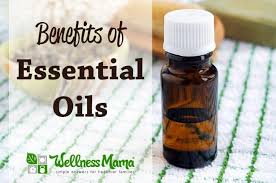
The bottom line, then? With proper use, dilution, and amounts, cooking with essential oils can be both safe and fun. But let me be clear: I’m not a doctor or nurse or have any connection to the medical field. And I admit up front essential oils do not cure anything. If your head, heart, and gut tell you to get medical help, then go to the doctor. But if you’d like to incorporate them into your diet, there’s good reason to do so. Consider these benefits:
They control bacterial growth on food products.
They control fungal infections in food.
They prime your digestive tract to begin releasing enzymes and HCl to improve digestion.
They support and soothe the respiratory system.
They relieve stress and are calming.
They aid in weight loss. This is not a direct effect of taking essential oils internally; rather it is a combination of healthy lifestyle, diet and exercise. That said, since essential oils boost and uplift the mood, they can actively alleviate binge eating and unhealthy cravings.
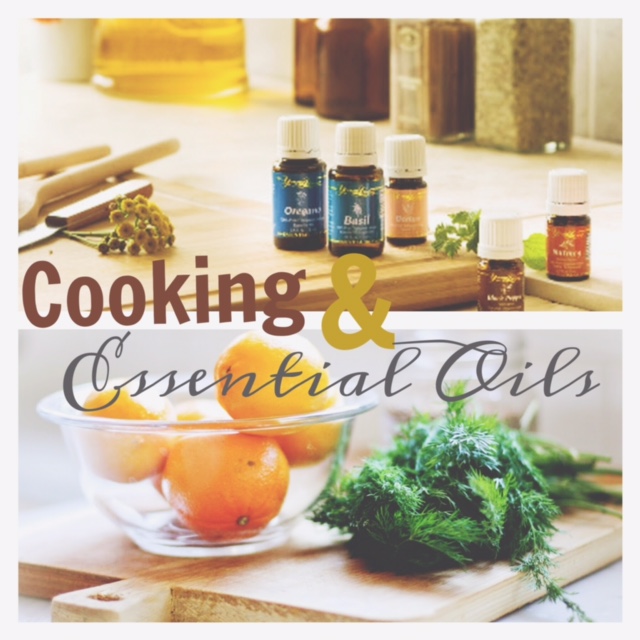
Also, I do not sell essential oils. I share this information because my personal experience with them has made me a believer. I love how they are all natural, made with various parts of plants, fruits or herbs. Using them is a great way to boost flavor and the health factor at the same time. If you’d like to give them a try, here are suggestions for a few basic oils:
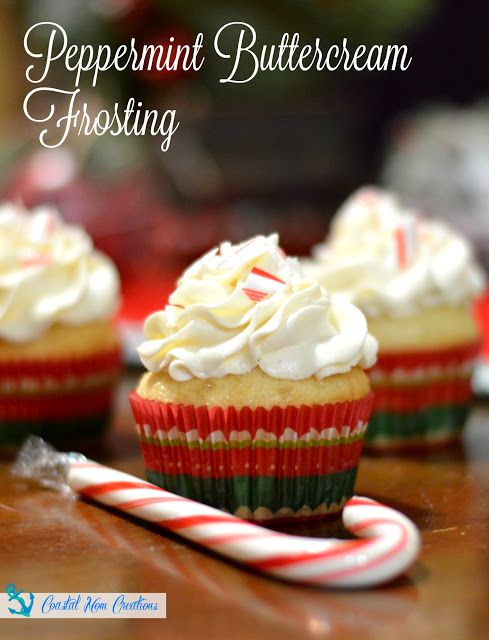
PEPPERMINT (an easy one to use): Add a drop of this essential oil and some honey to your herb tea or lemonade. Delicious. Or add it to your chocolate or butter cream frostings or cake batters. You only need a drop though—it’s much stronger than the peppermint extract commonly used. And it’s delicious swirled into cocoa or vanilla ice cream.
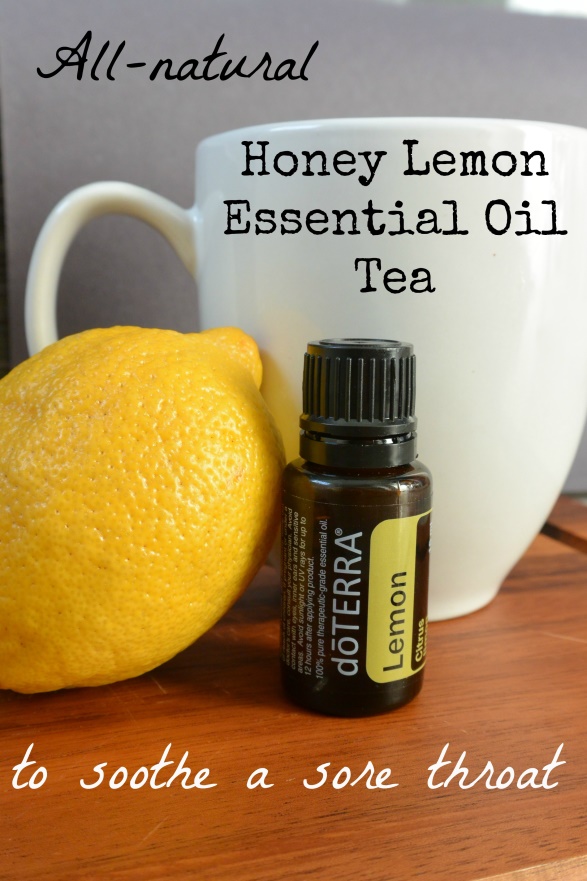
LEMON: Add a couple drops to your water or herbal teas. And it’s delicious when blended into cream cheese with a little powdered sugar. Instant icing! And try this essential oil in your vinaigrette. Here’s a great recipe for starters:
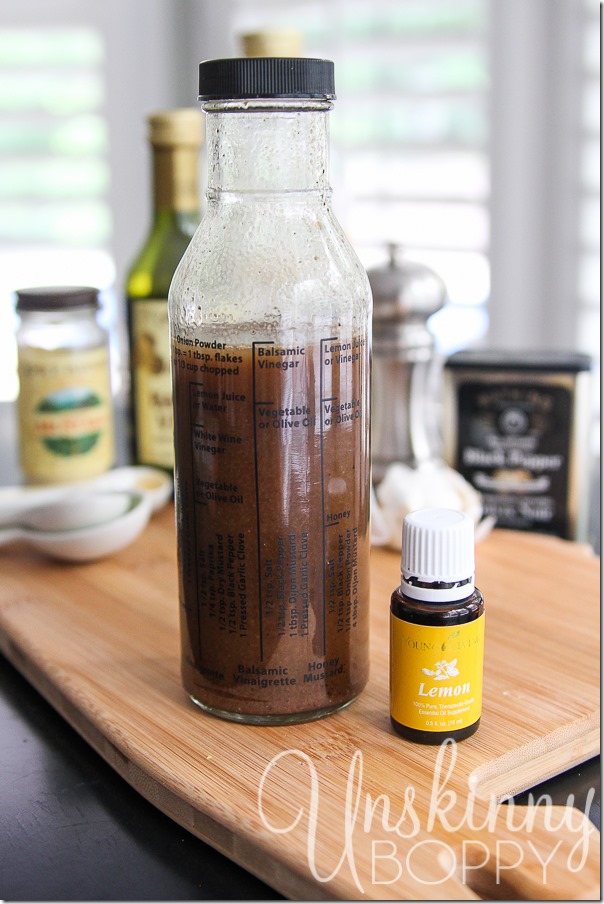
SIMPLE VINAIGRETTE
2 tablespoons apple cider or balsamic vinegar
1 teaspoon raw honey
½ teaspoon sea salt
½ teaspoon ground mustard
1 tablespoon grated onion
2 drops food grade lemon essential oil
4 tablespoons extra virgin olive oil
Whisk all ingredients together until well combined. Pairs well with mixed green salad, chicken, parmesan, and walnuts.
For those not interested in cooking/baking, etc. with them, though, I’ll close with a quick list of other uses for essential oils. Use these with water, carrier oils (coconut is a good choice) or in a diffuser:
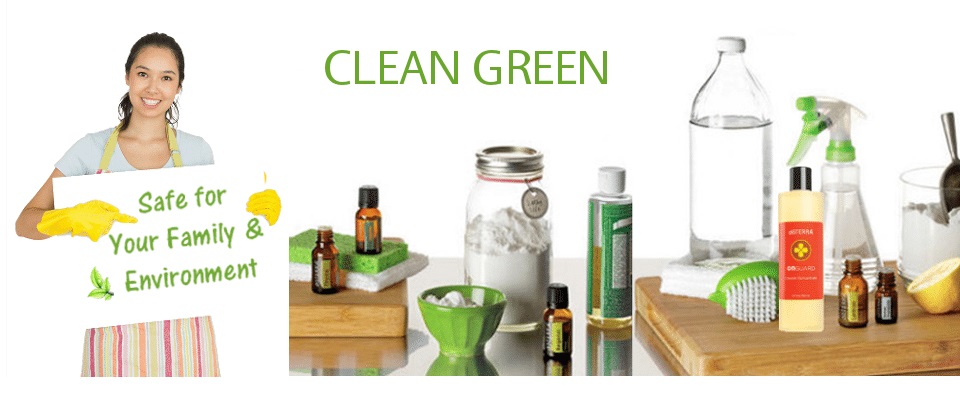
CLEANING: arborvitae, cilantro, eucalyptus, grapefruit, juniper berry, myrrh, orange, oregano, tangerine, tea tree. thyme, wild orange.
INSECT REPELLANT: arborvitae, cedarwood, geranium, lemongrass, thyme.
SORE MUSCLES/JOINTS: basil, birch, coriander, fir, lemongrass.
EMOTIONAL SUPPORT: bergamot, cedarwood, marjoram, myrrh, orange, rose, wild orange, wintergreen.
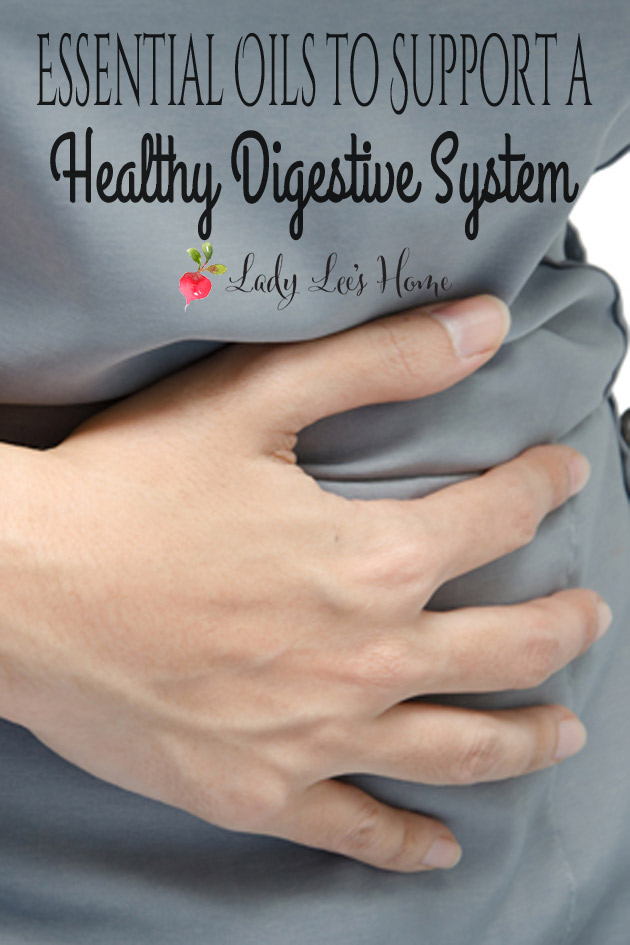
HEALTHY DIGESTION: cardamom, cassia, cilantro, coriander, cumin, dill, fennel, ginger, lemon, lemongrass, oregano, peppermint, rosemary, spearmint.
CALMING: chamomile, cedarwood, dill, geranium, lavender, chamomile, sandalwood, vetiver, ylang ylang.
IMMUNE SYSTEM BOOST: chamomile, clove, lime, melissa, oregano, chamomile, tangerine, tea tree, thyme, vetiver.
RESPIRATORY HEALTH:
cardamom, eucalyptus, fir, lemon, oregano, peppermint, rosemary.
HEALTHY HAIR: geranium, rosemary, ylang ylang.
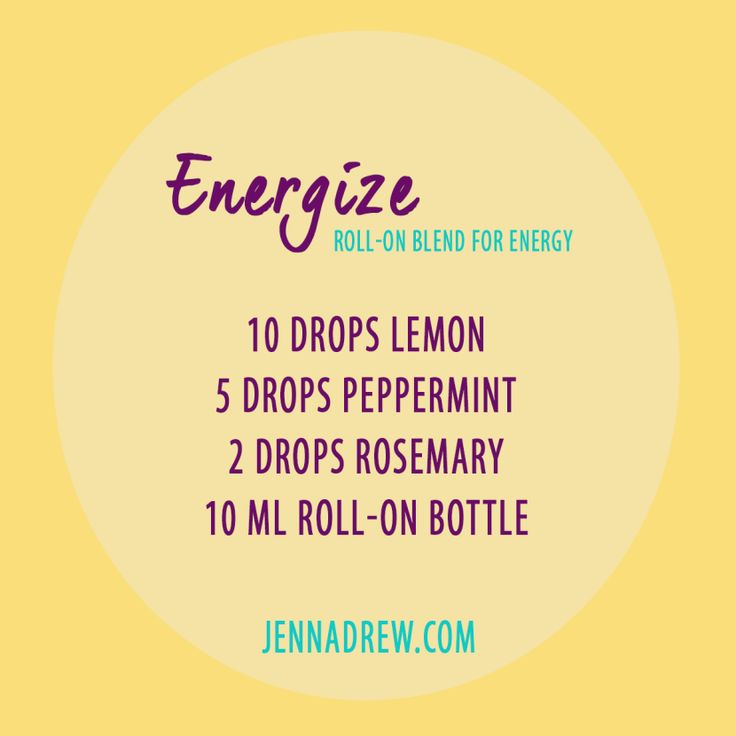
ENERGY: cypress, lemon, peppermint, rosemary.
HEALTHY METABOLISM: cinnamon bark, fennel, grapefruit, helichrysum.
ORAL HEALTH: cinnamon Bark, clove, peppermint, spearmint, tea tree.
TENSION: clary Sage, cypress, melissa, patchouli.
PAIN RELIEVER: basil, bergamot, birch, chamomile, cinnamon, coriander, eucalyptus, ginger, jasmine, lavender, lemongrass, peppermint, rosemary, wintergreen.
MENSTRUATION: cassia, cedarwood, cumin, fennel, frankincense, jasmine, oregano, peppermint, thyme, wintergreen.
ANTIBIOTIC: cinnamon, thyme, oregano, tea tree.
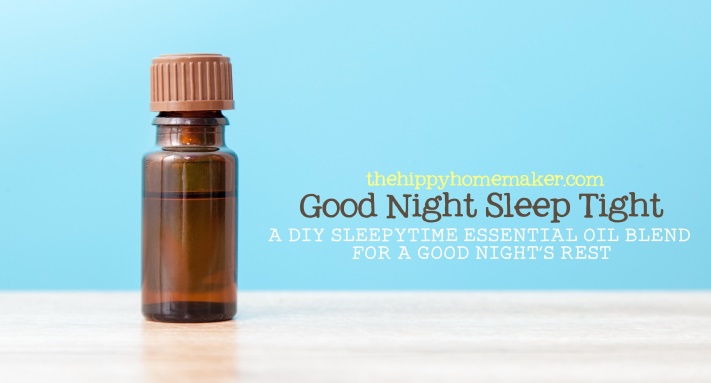
INSOMNIA: lavender, frankincense, marjoram, orange, rosemary, ylang ylang.
- www.yourbestdigs.com
- www.lifeatcobblehillfarm.com
- www.wellnessmama.com
- www.essentiallivingyl.com
- www.doterra.com
- www.usingessentialoils.com
- www.pinterest.com
- www.thehippyhomemaker.com
- www.ladyleeshome.com
 Alice Osborne
Alice Osborne
Weekly Newsletter Contributor since 2006
Email the author! alice@dvo.com
